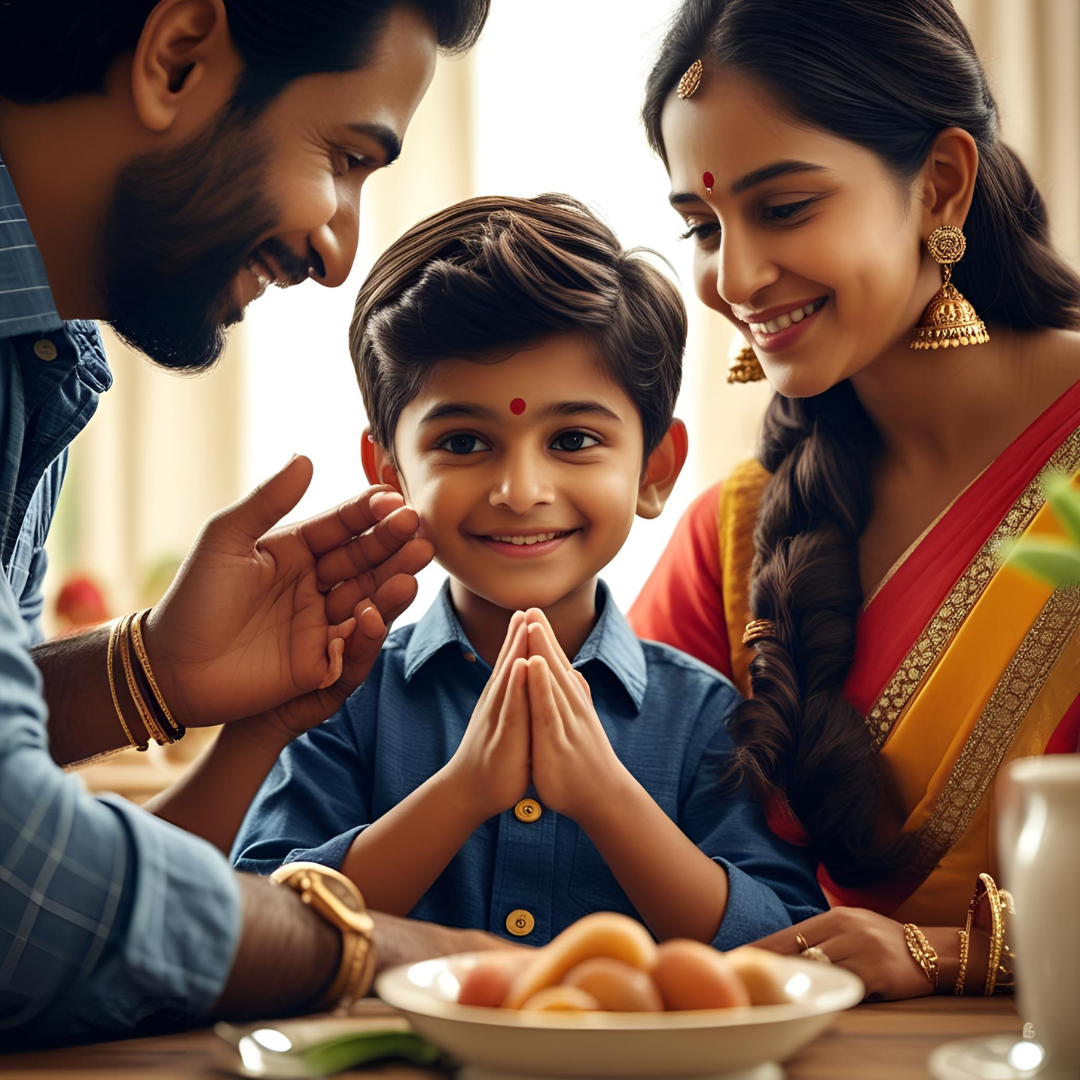
5 Powerful Ways to Teach Gratitude to Kids in Daily Life
By Kizzu Team | Parenting & Values | 2 July, 2025
5 Powerful Ways to Teach Gratitude to Kids in Daily Life
In a world full of instant gratification and endless choices, teaching kids the value of gratitude is more important than ever. Gratitude is more than just saying "thank you"—it's a way of seeing life with appreciation, contentment, and empathy.
In this blog, let's explore 5 powerful ways to teach gratitude to kids, especially those under 12, in simple, relatable ways that truly stick.
1. Model Gratitude in Your Daily Life
Children learn more from what they see than what they're told. The best way to teach gratitude is to live it yourself.
- "I'm so thankful for this warm meal."
- "I appreciate how you helped clean the table."
- "Thank you for waiting patiently—I noticed that!"
This helps your child recognize and mirror the emotion of appreciation.
2. Share Gratitude Stories and Books
Storytelling is a powerful way to make values memorable. Choose bedtime stories or moral tales that highlight thankfulness, kindness, and humility.
- Panchatantra or Jataka tales with gratitude morals
- Books like The Thankful Book by Todd Parr
- Short family stories from your own life where gratitude played a role
You can even ask:
"What was the character thankful for in the story?"
"What are you thankful for today?"
3. Start a Daily Gratitude Ritual
Simple daily rituals help reinforce habits. Make gratitude a natural part of your child's routine.
- At bedtime: Share 1 thing you were thankful for today
- At dinner: Go around the table with a "thank you" circle
- Gratitude journal: For older kids, write 3 small things they appreciated each day
Keep it fun and pressure-free.
4. Involve Kids in Acts of Giving
Gratitude grows when children understand what others may not have. Simple acts of kindness help kids feel connected and compassionate.
- Donate toys or clothes with your child's involvement
- Visit an animal shelter or serve food at a local centre
- Make thank-you cards for helpers (watchman, teachers, cleaners)
Let them experience the joy of giving, not just receiving.
5. Use Visual Reminders Around the Home
Sometimes a visual nudge helps! Use gratitude charts, posters, or jars at home to keep the vibe alive.
- Gratitude Jar: Drop in one thankful note each day
- Wall Poster: "We are thankful for..." section
- Photo Gratitude Board: Display pictures of people and things your child feels grateful for
Make it interactive, colourful, and personal!
Why Gratitude Matters in Childhood
According to research from the Greater Good Science Center at UC Berkeley:
"Children who regularly practice gratitude are happier, more optimistic, and show better behaviour in school."
- Improves emotional regulation
- Reduces entitlement
- Increases empathy and kindness
Gratitude is a lifelong Sanskar—start early, and it becomes part of who they are.
Raising a grateful child doesn't require fancy tools or long lectures. It's about creating a home where appreciation is spoken, shared, and celebrated.
Whether it's a bedtime ritual, a thank-you note, or a simple smile—gratitude grows in the everyday.
So, what are you thankful for today?